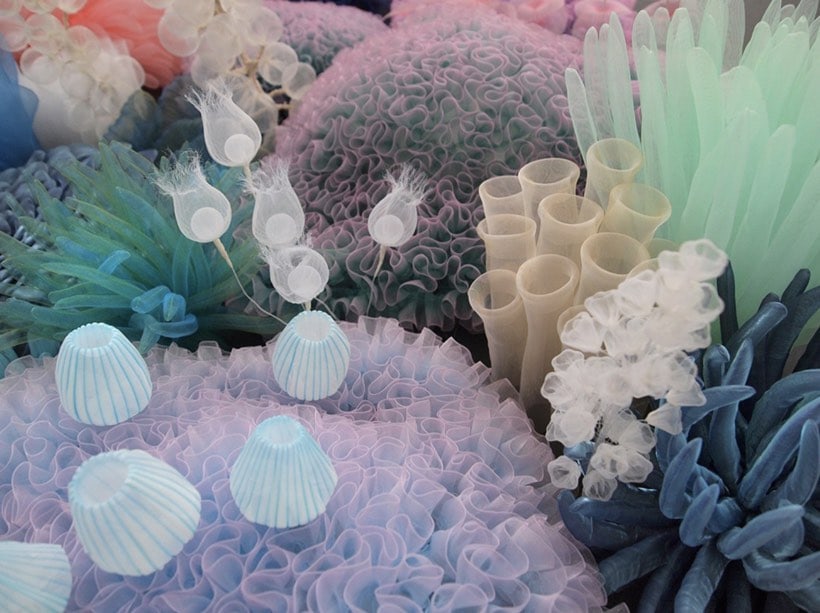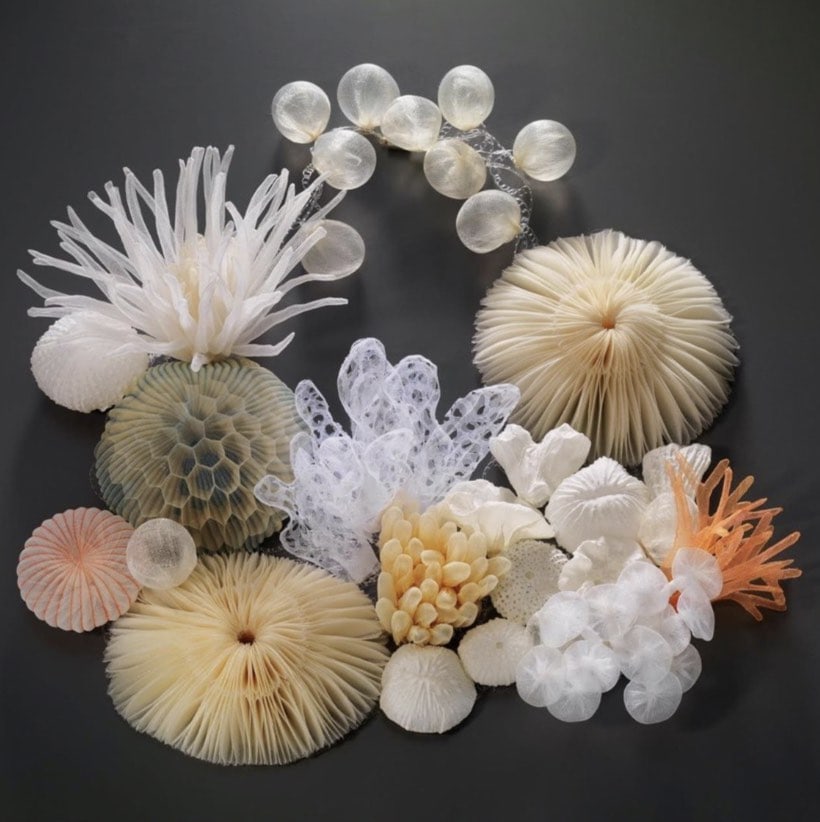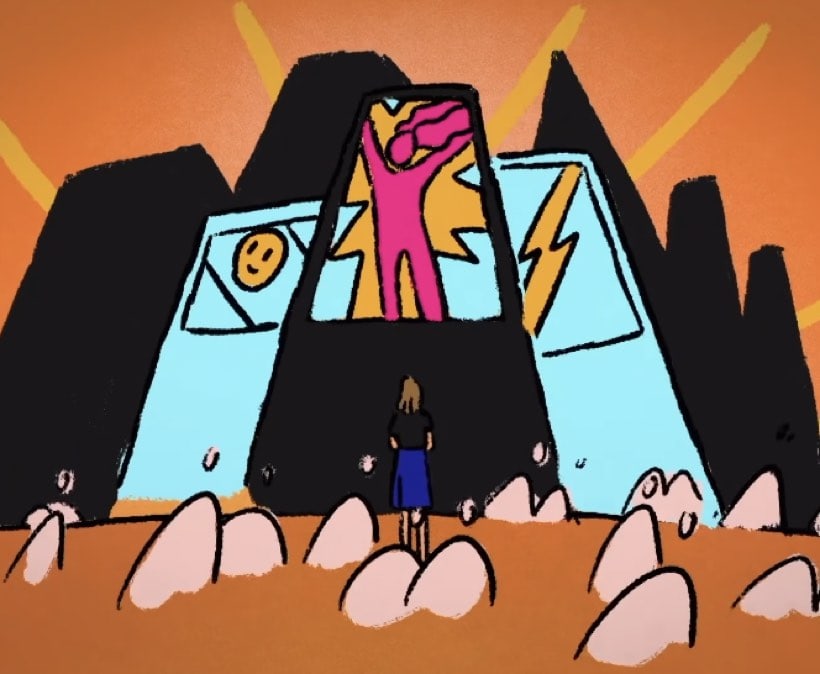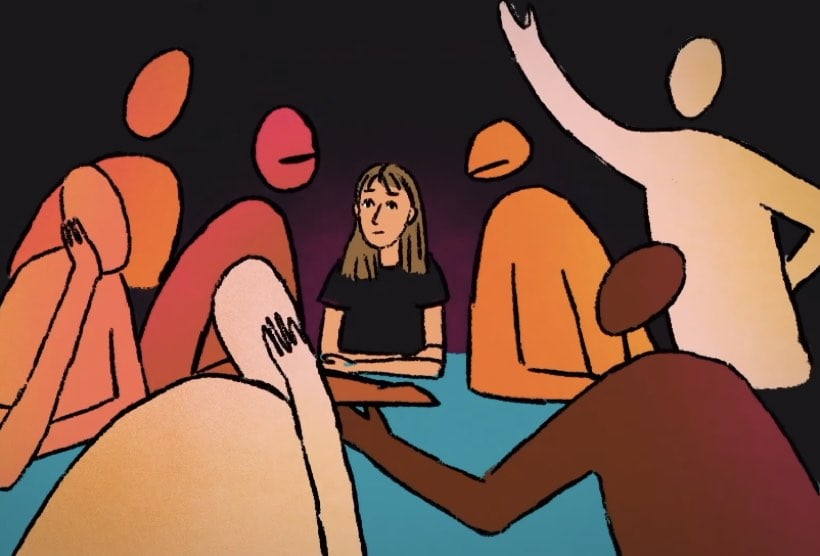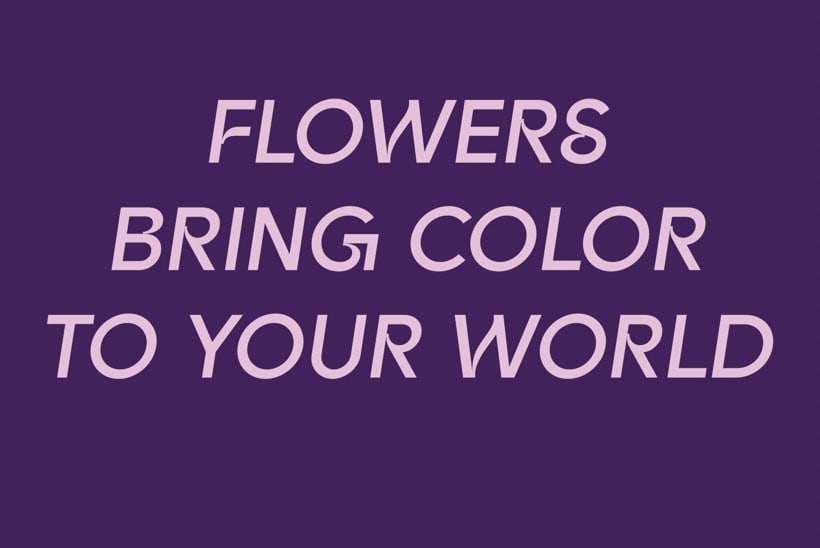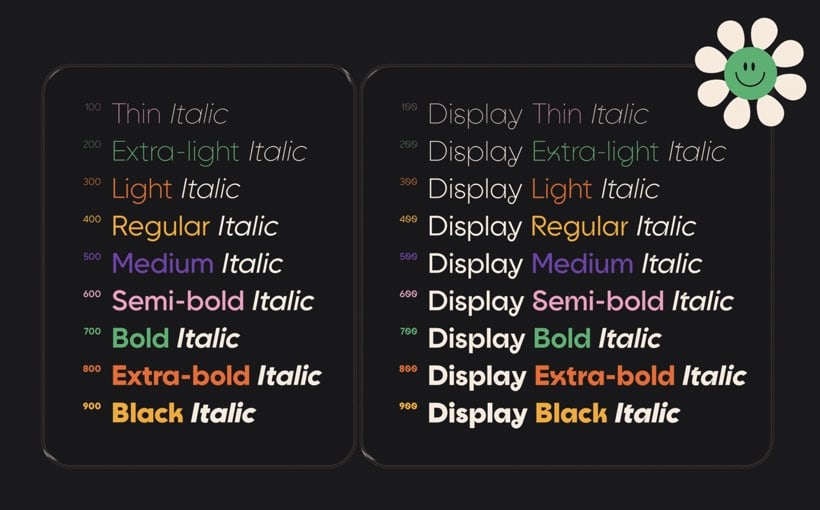 |
| |
|
|
|
Post-boomer generations tend to think of suburbia as conservative, well-manicured and relentlessly boring. But our suburbs can offer the ideal medium between city and country living: proximity to all the cultural, business and career opportunities of cities with more space and more quiet for less money.
The reason why suburbia in Australia never appealed to me is that these spaces are often infrastructure deserts and therefore essentially unlivable without a car. Moving around any other way feels unsafe and wrong – like scuba diving in a busy shipping port. Australians, like North Americans and increasingly Europeans, accept this as a given – a trade off you have to make for gaining more space.
The Dutch show us, however, that suburbs can be more human-friendly and accessible without giving up car ownership completely. This excellent comparison between Dutch and Canadian suburbs by YouTub channel Oh The Urbanity! makes a very appealing case for suburbia.
One key to better suburbs is higher density. Many Dutch suburbs have double or triple the amount of people per square kilometre compared to the average suburb in Canada. Living in a healthy mix of detached houses, townhouses and low-rise apartments brings compelling livability benefits. It allows for better infrastructure, more transport options and amenities, and just generally more efficient use of space.
Notably, private cars don’t disappear. They are just given much less space. Streets are intentionally narrow to help lower speeds, making public spaces more attractive for walking, cycling and just being in.
“The Dutch suburbs that we visited blur the lines, showing that you can have three- or four- bedroom homes built reasonably compactly. You can have a backyard while living close enough to school for your kid to walk. You can have a parking spot or even a garage as well as safe streets. And you can get out of the city, while still having a world-class cycling network. Visiting Dutch suburbs actually made us question whether we consider ourselves ‘big city people’.”
The Australian/American dream of owning a house on a quarter-acre block has been a part of the collective consciousness since the 1950s. What seemed like a great idea then has led to sprawling cities with entrenched car dependency and extreme housing inequality.
Thanks to better planning rules and a common understanding that higher density brings many benefits, the Dutch model inspires a happy medium between typical city and suburb living. What makes it so appealing to me is that it operates on human scale and speed – it respects and promotes human co-existence in ways Australian/North American suburbs often do not. – Kai
|
| |
|
Become a Friend of DD today →
With a modest yearly contribution you’re not only helping keep Dense Discovery going, you also receive special discounts and get access to the DD Index, a searchable catalogue of past issues. (And it removes this message.)
You receive this email because you subscribed to Dense Discovery, a weekly newsletter at the intersection of design, technology, sustainability and culture. Writing to you from Melbourne is Kai Brach. Do you have a product or service to promote in DD? Find out more about advertising in DD.
|
| |
“What Can I Do?”SPONSOR
|
Science for people who give a shit
Want to feel better and help unfuck the world? Get the 6x Webby-nominated weekly newsletter and podcast that’ll help you understand and take action on everything from climate to COVID, hunger to heat, to democracy and data privacy – for free.
|
|
| |
Apps & Sites
|
macOS/iOS file compressor & archiver
|
|
If you work with large files, Keko lets you compress them for storage with the smallest possible footprint. You can also encrypt and password-protect files in the process. To make handling very large files easier, Keko can split them into smaller chunks that merge back together during decompression.
|
|
Customisable text templates
|
|
Briskine is a TextExpander-like browser plugin (all major browsers supported) that lets you create canned responses and other text snippets via shortcuts. The tool has customisable variables that automatically insert, for example, the first name of the recipient into your text templates.
|
|
Around the world in books
|
|
More small publishing projects like this please: “A weekly newsletter following my journey as I read one book from every country.” You get a short review of a book from a different country with each issue of the newsletter. Unfortunately, the project seems to be on hold after 70 (!) issues. I hope Tabatha revives it!
|
|
|
Strong geek alert: this extensive directory of 151 interactive visual experiments with elaborate explanations is a wonderful way to get bamboozled by pixels. “‘Optical illusion’ sounds derogative, as if exposing a malfunction of the visual system. Rather, I view these phenomena as highlighting particular good adaptations of our visual system to its experience with standard viewing situations, confronted with an atypical situation.”
|
|
| |
Worthy Five: Caroline Crampton
|
An Instagram account worth following:
I get a great deal of pleasure out of @portraitsofwomenreading. The variety of the images it shares – both paintings and photographs – never fails to amuse or inspire me.
A question worth asking:
In Names for the Sea by Sarah Moss an English academic describes the year she and her family spent living in Iceland immediately after the 2008 financial crisis. It’s fascinating both for the details of how that cataclysmic global event affected a small country, and for its gentle exploration of how Icelandic culture differs from the way it is portrayed in popular culture.
A recipe worth trying:
With this way of making pasta, everything seems off at first glance, but if you follow the instructions precisely, you end up with a gloriously savoury and clingy sauce made of slowly-caramelised onions and melting anchovies. Sometimes I add lemon zest and parsley at the end for added freshness.
A newsletter worth subscribing to:
Although I subscribe to dozens of newsletters, Today in Tabs is the one I reliably read within an hour of it hitting my inbox. The perfect blend of smart curation, absurdity and abject fury at the excesses of late stage capitalism.
A quote worth repeating::
“Do you want to be known for your writing, or for your swift email responses?” I first encountered this question in the headline of this article from 2017. I find it to be a very helpful way of checking whether I really need to spend hours in my inbox or if I’m actually just procrastinating on some more difficult creative work.
(Did you know? Friends of DD can respond to and engage with guest contributors like Caroline Crampton in one click.)
|
|
| |
Books & Accessories
|
Mending & repair in a throwaway world
How do we move from our linear take-make-waste model to a more circular one? A part of the solution will have to be mending: repairing things to extend their longevity. This book celebrates “25 artists, curators, designers and makers who have rejected the allure of the fast, disposable and easy in favor of the patina of use, the stories of age and the longevity of care and repair. Accompanying these profiles, six in-depth essays explore the societal, cultural and environmental roles of mending in a throwaway world.”
|
|
Investigating Congo’s cobalt mining
Cobalt is a key component of rechargeable lithium-ion batteries and about 75 percent of the world’s supply of cobalt is mined in the Congo, where many mines are controlled by brutal militias. The implications are clear: “Billions of people in the world cannot conduct their daily lives without participating in a human rights and environmental catastrophe in the Congo. Cobalt Red is the searing, first-ever exposé of the immense toll taken on the people and environment of the Democratic Republic of the Congo, as told through the testimonies of the Congolese people themselves.”
|
|
| |
Overheard on Mastodon
|
|
You matter. Unless you’re moving at light-speed. Then you energy.
|
| |
Food for Thought
|
|
I stumbled across this on ‘Cycling Twitter’ (which remains one of the few positive spaces on that platform). Reshma Saujani talks about a concept I hadn’t heard of before: ‘bike face’ – a derogatory term used by men to put down the first female cyclists. Saujani draws a comparison to how we use ‘imposter syndrome’, suggesting that it’s just another form of systemic oppression. “People ask me all the time: how do I overcome imposter syndrome? And honestly, I’m done answering that question. Because here’s the thing: imposter syndrome isn’t a syndrome at all – it’s a scheme.”
|
|
|
This piece introduced me to the term ‘intellectual humility’ and why I should be much more humble about my own views and more generous towards those of others. “People who are intellectually humble know that their beliefs, opinions, and viewpoints are fallible because they realize that the evidence on which their beliefs are based could be limited or flawed or that they may not have the expertise or ability to understand and evaluate the evidence. Intellectual humility involves understanding that we can’t fully trust our beliefs and opinions because we might be relying on faulty or incomplete information or are incapable of understanding the details.”
|
|
|
The ‘digital nomads’ movement really took off during the pandemic. Thousands of remote US workers escaped lockdowns to Latin America. The positive and negative consequences of this influx in foreigners are captured in this well-written piece for Rest of World. “Noel had graduated with a degree in accounting, but after Venezuela’s economic collapse, he’d been reduced to selling empanadas on the Medellín streets. Then, around 2017, the nomads started arriving; particularly those from the U.S., with their high-calorie diets, Doordash addictions, and extravagant tipping culture. Noel’s eyes lit up as he described them. ‘Los gringos,’ he said, ‘y sus propinas’ – ‘and their tips.’”
|
|
| |
Aesthetically Pleasing
|
|
Japanese artist and designer Mariko Kusumoto creates so-called fibre art from polyester, nylon, and cotton with a translucent appearance that looks like coral or other strange sea creatures.
|
|
|
|
|
Artist Steve McMennamy creates fun visual mashups of different photos, certain to bring a smile to your face.
|
|
|
Every glyph of Goïa was meticulously crafted, giving the typeface a fresh, subtly playful appearance, ideal for branding and editorial projects. A classic and display version is available, either as a variable font or static types in nine weights + italics.
|
|
| |
Notable Numbers
|
|
‘Only’ 1.21 billion smartphones were shipped in 2022, which represents the lowest annual shipment total since 2013. Electronics firms shipped 300.3 million smartphones in the October to December quarter of 2022, an 18.3% year-over-year fall.
|
|
|
The United Nations has adopted the first-ever international treaty to govern the high seas and protect remote ecosystems vital to humanity, after more than 15 years of discussions.
|
|
|
Compared to pre-pandemic 2019, the mileage death rate in 2022 increased nearly 22% in the US, with more than 46,000 US Americans losing their lives in preventable traffic crashs.
|
|
| |
Classifieds
|
|
We’re Emailancer, your fast, friendly experts in email template design and development. We can deliver a custom design or convert yours into code that works across all devices.
Nobias Finance is a mobile app that gives you credible bullish and bearish opinions on your stocks from 14000+ ranked analysts. No more losses on bad stock tips; invest bias-free.
AisleOne Digest is a weekly newsletter on design, film, photography, music, and culture. Subscribe for free.
Sales.co helps ambitious B2B companies that need a continuous flow of new opportunities. Sustainable, fully-managed cold outreach with precision targeting for $2k/month.
|
|
Classifieds are paid ads that support DD and are seen by our 43,000 subscribers each week.
Book yours →
|
|
| |
The Week in a GIF
|
|
Reply or tweet at DD with your favourite GIF and it might get featured here in a future issue.
|
|
| |
| |







